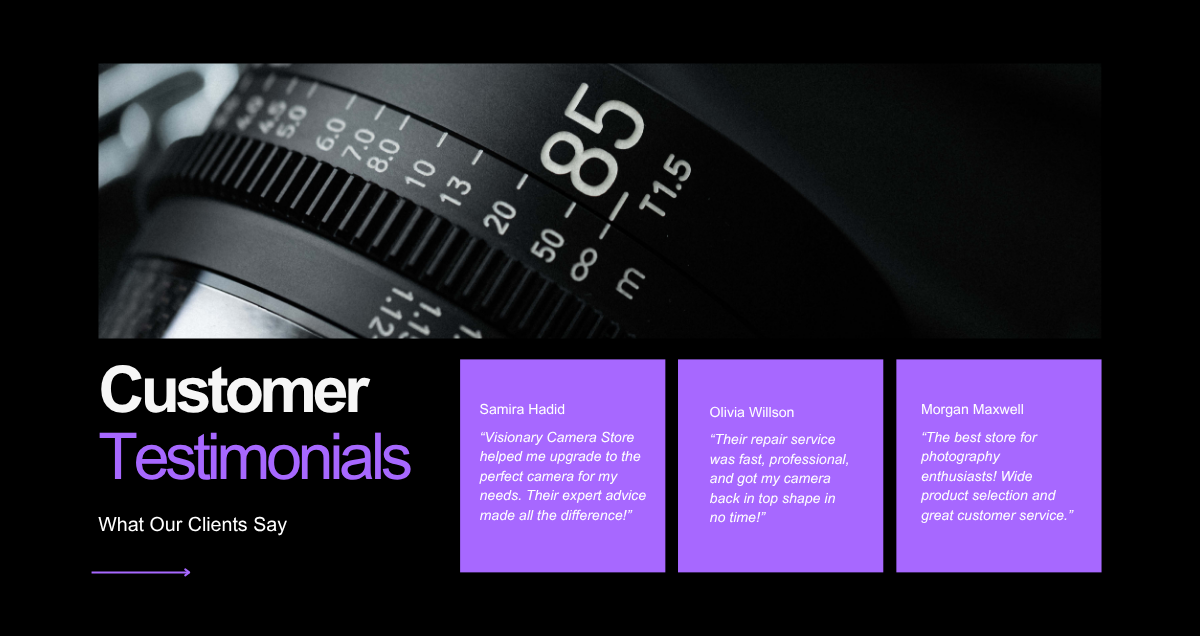Selling your camera, especially a DSLR or mirrorless device, might seem straightforward—but many sellers unknowingly make costly mistakes that reduce the final price or lead to poor buyer experiences. Whether you’re upgrading, downsizing, or switching platforms, avoiding common selling errors ensures you get the best value and a smooth transaction.
In this guide, we’ll walk through the most common mistakes people make when selling cameras online or offline—and how to avoid them.
Not Researching the Current Market Value
One of the biggest mistakes sellers make is overpricing or underpricing their camera gear. Camera prices fluctuate depending on new model releases, demand for certain brands (like Canon, Nikon, Sony), and condition.
How to Avoid It:
- Check resale platforms like OLX, eBay, and Facebook Marketplace for similar listings.
- Visit camera trade-in sites like MPB, B&H, or KEH to get a quote.
- Adjust your expectations if the camera is outdated or lacks accessories.
Ignoring the Importance of Clean Presentation
Buyers are visual. A camera that looks dusty, scratched, or smudged can lose value, even if it functions perfectly.
How to Avoid It:
- Clean the lens, LCD, and body with a microfiber cloth and camera-safe cleaner.
- Remove dust from crevices using a soft brush or air blower.
- Take clear, high-resolution photos showing front, back, lens, battery area, and serial number.
Forgetting to Include Accessories
Another major mistake is selling only the body and leaving out essential accessories like batteries, chargers, lens caps, or straps. Many buyers are looking for complete kits.
How to Avoid It:
- Include original box, battery, charger, memory card, USB cable, and manuals.
- Mention any missing parts clearly in your description to build buyer trust.
Writing Poor or Incomplete Descriptions
A vague or overly technical product description can hurt your chances. If you’re too brief, buyers won’t trust the listing. If it’s too confusing, buyers might scroll past.
How to Avoid It:
- Include key specs: model, megapixels, shutter count, lens type, and features.
- Be transparent about any wear and tear or functional issues.
- Use buyer-focused language like “Great for beginners,” “Perfect for travel,” or “Ready to shoot.”
Not Knowing the Best Platforms to Sell
Many sellers list their camera on the wrong platform. For instance, using a general buy-and-sell site for a professional DSLR might not attract the right buyers.
How to Avoid It:
- For local sales, use OLX, Quikr, or Facebook Marketplace.
- For professional buyers, go with platforms like B&H Photo, MPB, Adorama, or KEH.
- Consider camera store trade-ins if convenience matters more than top value.
Not Factoring in Shipping and Safety
Shipping cameras without proper protection is risky. Fragile parts like LCDs, lenses, or sensor areas can get damaged in transit, resulting in returns or disputes.
How to Avoid It:
- Use original packaging or wrap in bubble wrap and a rigid box.
- Always add shipping insurance and use a reliable courier.
- Get tracking and signature confirmation to avoid fraud.
Skipping Serial Number Proof or Receipt
Buyers want to ensure the gear isn’t stolen or counterfeit. Lack of documentation can scare away serious offers.
How to Avoid It:
- Take a photo of the serial number and include it in your listing.
- Share a scanned copy of the purchase receipt, if available.
- Mention the warranty status and whether the bill is transferable.
Trying to Sell Damaged or Non-Functional Cameras Without Disclosure
Hiding damage or operational issues is not only unethical—it can lead to refund requests, bad reviews, or even legal issues on larger platforms.
How to Avoid It:
- Be transparent about any issues, like battery swelling, broken flash, or hot pixels.
- If the camera needs repair, either fix it beforehand or clearly state it is “sold as-is.”
- Mention how long the camera has been used and the estimated shutter count.
Failing to Communicate Promptly with Buyers
Many sellers delay responses, especially for online inquiries. This often results in lost leads or buyers choosing another listing.
How to Avoid It:
- Respond quickly and politely to questions about price, specs, and shipping.
- If you’re unavailable, set an auto-reply or keep notifications on.
- Stay professional—even with lowball offers.
Not Setting a Reasonable Negotiation Buffer
If you price your camera with no room for negotiation, you may lose out on genuine buyers. On the other hand, if you expect to drop your price by half, you’re likely overpricing initially.
How to Avoid It:
- Set a price that’s 5–10% higher than your bottom-line.
- Mention “price negotiable” or “slightly negotiable” to invite interest.
- Know your minimum acceptable price before entering discussions.
Final Thoughts
Selling your camera can be a rewarding process when done right. By cleaning your gear, writing a strong description, and choosing the right platform, you can maximize resale value and find a genuine buyer.
Avoid the common mistakes listed above, and you’ll not only earn more money—you’ll also help your camera find a new home with someone who’ll use it just as passionately.
If you’re planning to sell your DSLR, mirrorless, or point-and-shoot, take a few extra minutes to prepare properly. It makes all the difference.
Ready to sell your camera? Avoid rookie mistakes and get the best deal. Clean it, document it, describe it, and watch the offers come in.
Let me know if you want a custom Facebook ad copy or listing description for your camera sale.

Leave a Reply